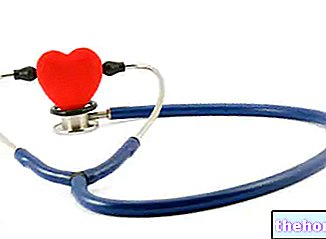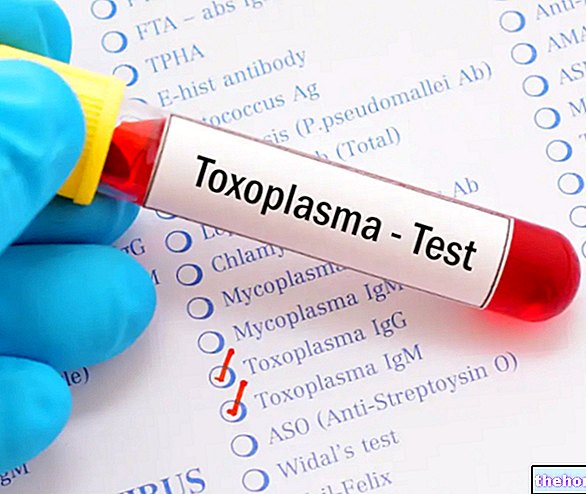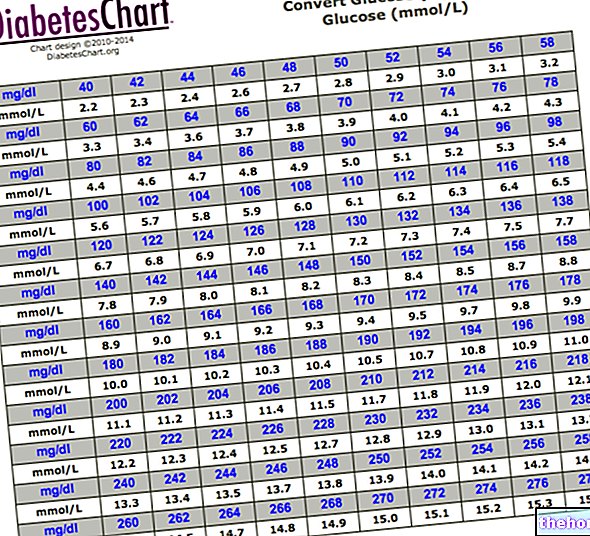Anemia and changes in the blood count
Types of Anemia
Anemias are classified on the basis of alterations in the morphology of erythrocytes (red blood cells) and erythrocyte indices.

Whatever the nature of the anemia, the reduction of the erythrocyte mass and of the oxygen carrying capacity, if severe enough, leads to some very specific clinical characteristics.
Anemia can therefore be defined as a reduction in the oxygen transport capacity of the blood to the tissues. Since, in most cases, this is the result of a decrease in red blood cells, "anemia can be defined as the reduction to below normal limits in the mass of circulating red blood cells. However, this value is not easily measurable, so the" anemia is defined as the reduction, below normal, in the volume of sedimented red blood cells, as measured by the hematocrit, or as a decrease in the blood concentration of hemoglobin. Do not underestimate the fact that fluid retention can expand the plasma volume while their loss can contract it, creating false anomalies of the values measured clinically.
Insights into the most common forms of anemia
Iron Deficiency Anemia Anemia and Sports Pernicious Anemia Sickle Cell Anemia Hemolytic Anemia Folate Deficiency Anemia Pregnancy Anemia Aplastic AnemiaSymptoms
In the presence of significant anemia, patients appear pale. Common symptoms are weakness, malaise and easy fatigue. The decrease in the oxygen content of the circulating blood causes dyspnoea (hunger for air) even for small efforts. The nails can become brittle and lose their normal convexity to take on a concave, spoon-shaped shape (koilonychia).
Anoxia (lack of oxygen) can cause fatty degeneration in the liver, heart and kidney, characterized by the accumulation, within the cells of these organs, of lipids in substantial quantities, and by loss of function of the same cells occupied.
If the fatty degeneration in the myocardium (heart) is severe enough, a "heart failure may occur, which is associated with difficulty breathing due to reduced oxygen transport. In acute blood loss, as in the case of a" major and established bleeding in a short time, renal alterations may appear characterized by oliguria (reduced urine production) and anuria (absence of urine production) and due to the kidney no longer fed by a normal blood supply (hypoperfused). Central nervous system hypoxia may be evident with headache, decreased vision and episodes of fainting.
Blood loss anemias
Blood loss can be acute, when it occurs in a short time (minutes-hours), or chronic, when it begins more slowly, over months or years.
Clinical reactions to acute blood loss vary according to the rate at which bleeding occurs and whether it is external or internal. The changes that develop in acute blood loss mainly reflect the decrease in blood volume rather than loss of hemoglobin. Consequences can be a state of shock and death. If the patient survives, the blood volume is rapidly restored by the displacement of water from the interstitial fluid compartment. The resulting hemodilution (blood dilution) lowers hematocrit levels. Reduced tissue oxygenation triggers the production of erythropoietin, to which the marrow responds by increasing erythropoiesis. When the blood loss is internal, such as in the abdominal cavity, iron can be recovered. If, on the other hand, the loss is external, an "adequate reconstitution of the ertitrocyte mass can be hindered by iron deficiency, if the reserves are insufficient.
Immediately after the acute hemorrhage, the red blood cells appear normal in size and color, ie normocytic and normochromic. However, when regeneration begins in the marrow, changes appear in the peripheral blood. 10-15% after 7 days.
Chronic bleeding leads to anemia only when the lost share exceeds the regenerative capacity of the erythroid precursors or when the iron reserves are exhausted. In addition to chronic bleeding, any cause of martial (iron) deficiency can lead to an identical anemic manifestation. Among these causes we find the states of malnutrition and intestinal malabsorption of iron and an increase in demands above the daily intake, such as during menstruation or during pregnancy.




























